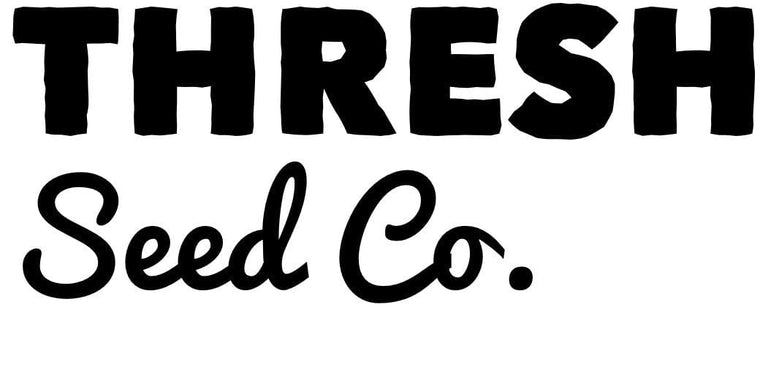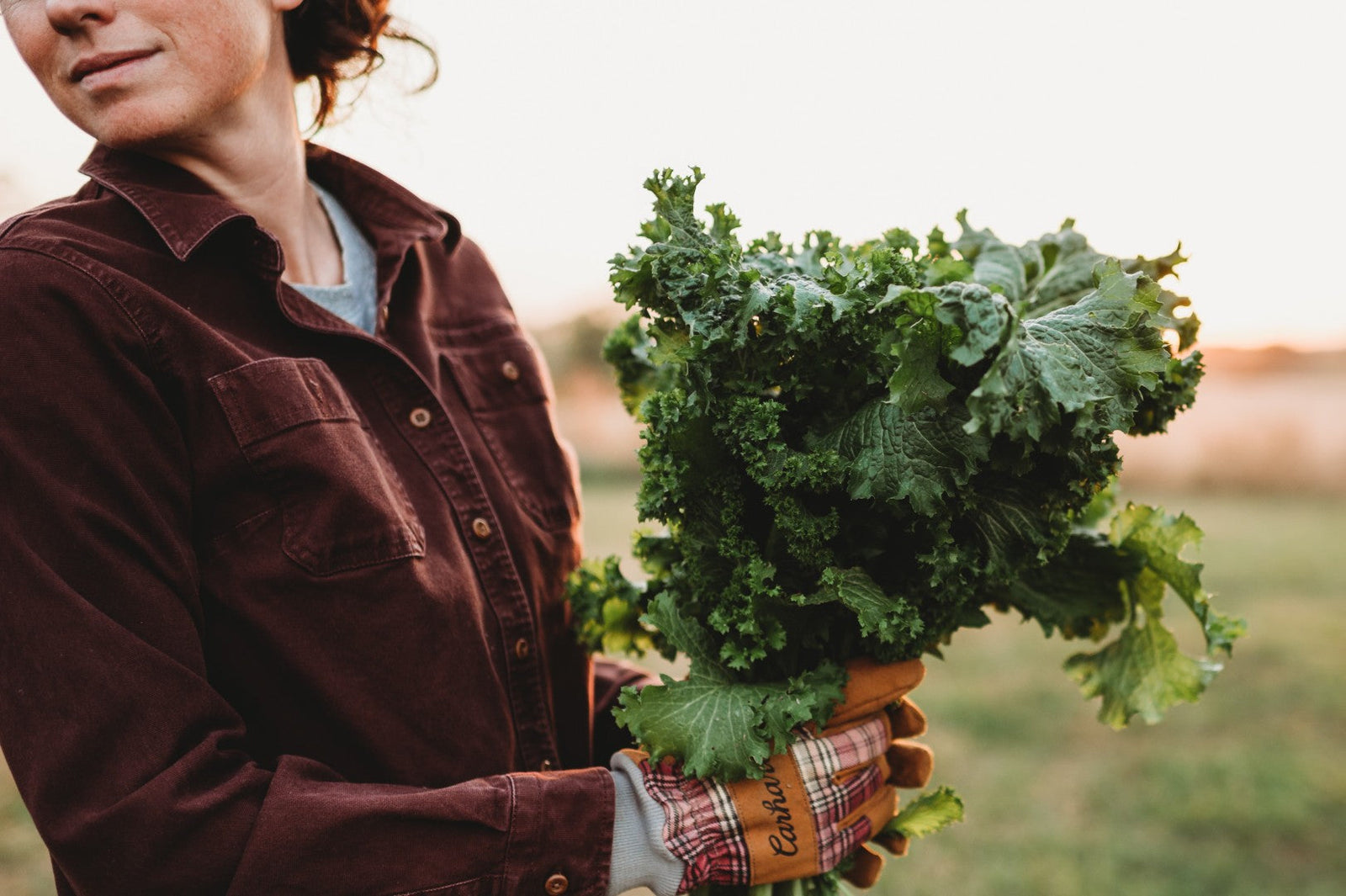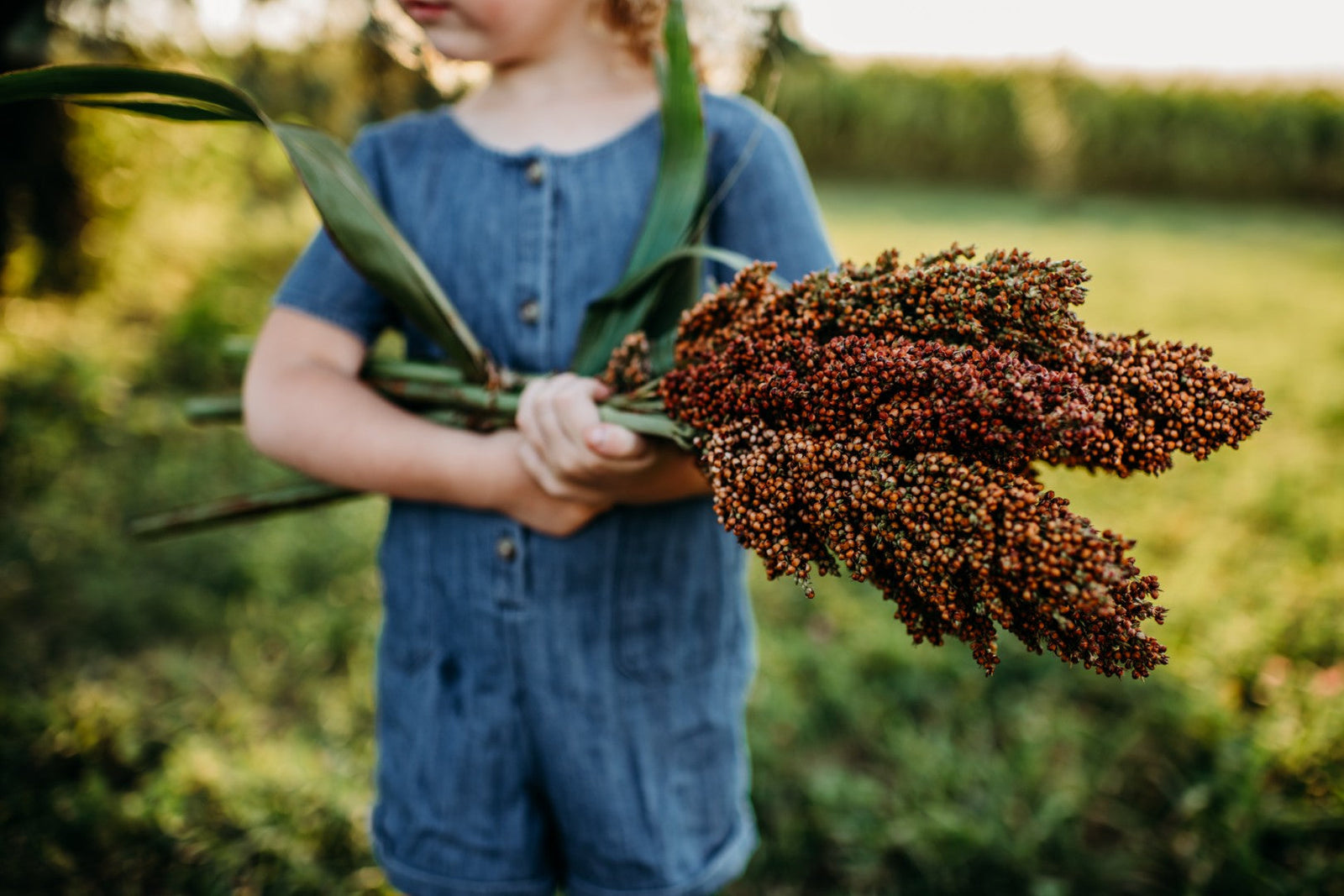Are you burnt out on cucumbers yet? If you're anything like me, you've got a minefield of yellow submarines out there and may be wondering what to do with them. Can I save my own cucumber seeds? you may be thinking. Well, absolutely you can—and in this article, I'm going to show you just how to do it.
Saving cucumber seed isn’t complicated, but it does take a little planning and patience. You’ll need to let a few fruits fully mature on the vine—well past the stage you’d ever want to eat them—and know how to keep different varieties from crossing. Don’t worry, though. Once you understand the basics, it’s one of the easiest seed-saving projects you can take on.

A Bit of Cucumber Biology
Before we jump in, we need to review a little biology. It's not all that exciting, I know, but the info here will help determine whether the seeds you have are worth saving. Briefly, there are three different species of cucumbers that are commonly grown in the United States. Most of them fall into the species Cucumis sativis. This group includes all of your traditional cucumbers—slicers, picklers, and the like. Lesser known, but becoming more popular, are the Armenian cucumbers. Also known as snake melons, these cucumbers are actually not cucumbers at all but rather members of the Cucumis melo species, a group that includes cantaloupes, honeydew, and other melons. Finally, there are West Indian gherkins which belong to the species Cucumis anguria.
Okay, why does this matter? Well, because all cucumbers are outbreeding plants and as such will readily cross-pollinate with other varieties of the same species. This means that your National Pickling cucumber could have been crossed by a Straight Eight slicer, your Dragon's Egg by a Muncher, your Painted Serpent by a.....cantaloupe?! Yikes—that could be a mess!
So, if you are saving your own cucumber seeds and want to be sure that you end up with the same delicious cucumbers next year that you had this year, you'll want to make sure your cucumbers are isolated by at least a half-mile. Or if you're reading this earlier in the season, you might want to try hand-pollinating, which as it turns out, is easier than you might think.
| Hand Pollinating Cucumbers |
| Cucumbers have separate male and female flowers, so to hand-pollinate, start by identifying them—the female blossoms have a tiny baby cucumber at the base, while the males grow on thin stems. In the morning, when flowers are freshly open, pick a male bloom, remove its petal and gently brush the pollen-covered center onto the stigma inside a female flower. Tag the fruit by loosely fastening a bread tie around its stem. Once pollinated, the blossom will close and begin developing into a full-sized cucumber. |

Choosing the Fruit
To get seeds with the highest germination potential, you'll need fruit that are fully mature. This is best judged by looking at the skin color. Depending on the variety, cucumber skins may turn pale yellow, dark yellow, or orange once fully mature. Pick several fruit from multiple plants to ensure you capture the genetic diversity present in your strain.
Some seed savers will allow fruit to ripen off the vine for another week. I haven't noticed much of a difference in doing this except that delaying the task makes it more likely that I'll get distracted and find a mass of rotted cucumbers in the yard or shed. That part is up to you—just know that it's not a task you have to get to right away.

Harvesting the Seed
Alright, we're ready to get down to business. Cut the fruit lengthwise and scoop the seeds into a jar or other container. If needed, you can add a little water to cover any exposed seeds, but I find this is usually not necessary. Cover the top of the container with fine mesh or pantyhose and secure tightly with a rubber band. You want air to get in, but not any fruit flies. Trust me, fermenting cucumber seeds is gross enough as is.

Fermentation
The purpose of fermentation is two-fold. First, it separates the seed from the gelatinous sac that encases it. Secondly, it helps to destroy pathogens, particular bacterial diseases. Fermentation is a stinky process. We ferment quite a bit of seed around here and I'd rank cucumber seeds as one of the stinkier crops. All this is to say: put the jar in a shaded, well-ventilated area. You probably aren't going to want it on the kitchen counter.
Depending on the temperature, fermentation will take one to three days. Fairly quickly, a white film will form on the top. You'll know you're getting close when a few seeds start to slip out of their sacs and sink to the bottom. When you give it a brisk stir, most of them should sink. Then, you'll know it's time to wash.

Cleaning the Seed
Washing cucumber seeds is very similar to the process used for saving tomato seeds. Here's a breakdown:
-
Stir vigorously. You need to separate the seeds from the pulp. The fermentation has done its job, but the seeds are still suspended in the thicker muck. You need to help them break free. A fork works well here. You want to really whip it.
-
Let the seeds settle. Good seeds will sink. Give them a few seconds and you should see them settling on the bottom.
-
Add water. Pour off the muck on top if you need to make room. If you've stirred well, that should just be pulp and unviable seed.
-
Stir vigorously. Now you should have cloudy water with some chunks still in it. Whisk it good again to break more of the gunk free.
-
Let the seeds settle. Seeing a trend here? Yep, this is basically the game. Pour off the icky water.
- Repeat. Keep filling with clean water, stirring, settling, and pouring off until you have clean seeds on the bottom and clean water in the jar. This process is called decanting.
Once the seeds are thoroughly cleaned, you can pour them onto a screen or alternatively, a paper plate lined with a coffee filter or paper towel. Set them in a warm, well-ventilated location to finish drying. To speed the drying process, you can blow air over the seeds using a fan on a low setting, although this is typically not necessary.

Storing Seeds
I like to give my seeds a full week to completely dry. It's probably overkill, but I've put quite a bit of work in by this point—I don't want to lose them to mold. Plus, even if they seem dry on the surface, the interiors may still contain residual amounts of moisture that can cause spoilage.
Cucumber seeds should be stored in an airtight container. Jars work fine, as do Ziplock bags. If you're a Thresh Seed Co. customer, you probably have some of our resealable, mylar-lined packets lying around that just happen to be perfect for storing your own saved seeds (wink, wink).
Be sure to label the jar, envelope, etc. with the variety and date. Cucumber seeds will remain viable for up to 10 years when stored properly in a dry, dark place with consistent temperature (68 to 72 degrees is fine).

Conclusions
Well, there you have it. You just turned a patch of stinky, yellow cucumbers into a decade's worth of cucumber seeds for you, your family and friends. What kind of cucumber seeds are you going to save next?
We've got options! Check out our full selection of heirloom cucumber seeds or keep expanding your seed saving skills with our other delicious heirloom vegetables (seed saving instructions can be found at the bottom of each product page). And remember—every seed you save is one more step toward a more resilient, self-sufficient garden.






